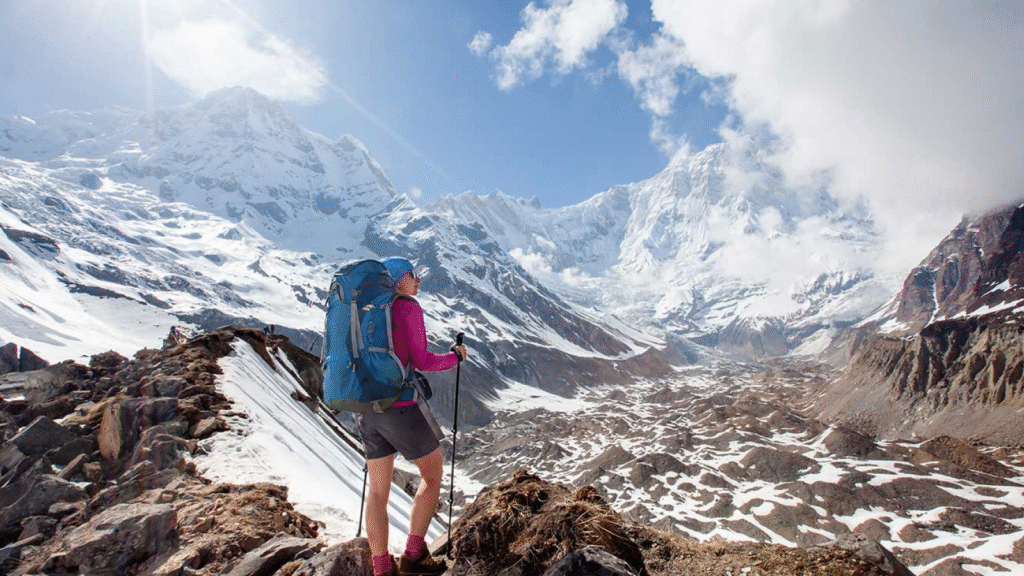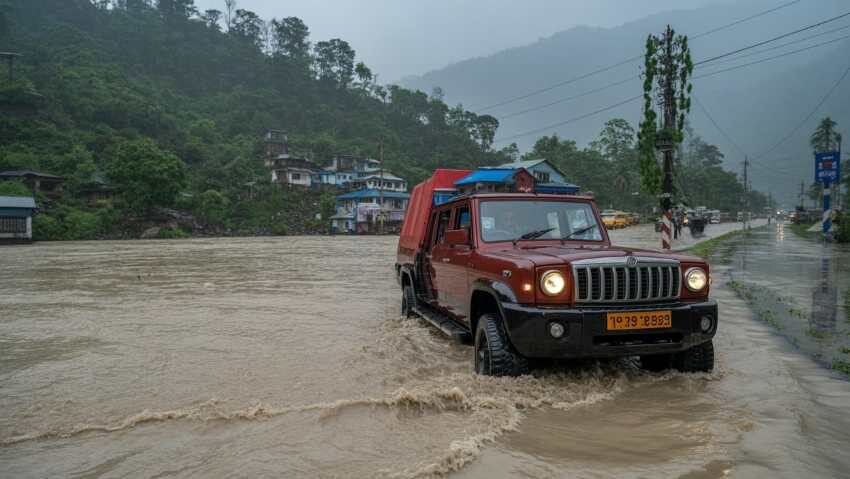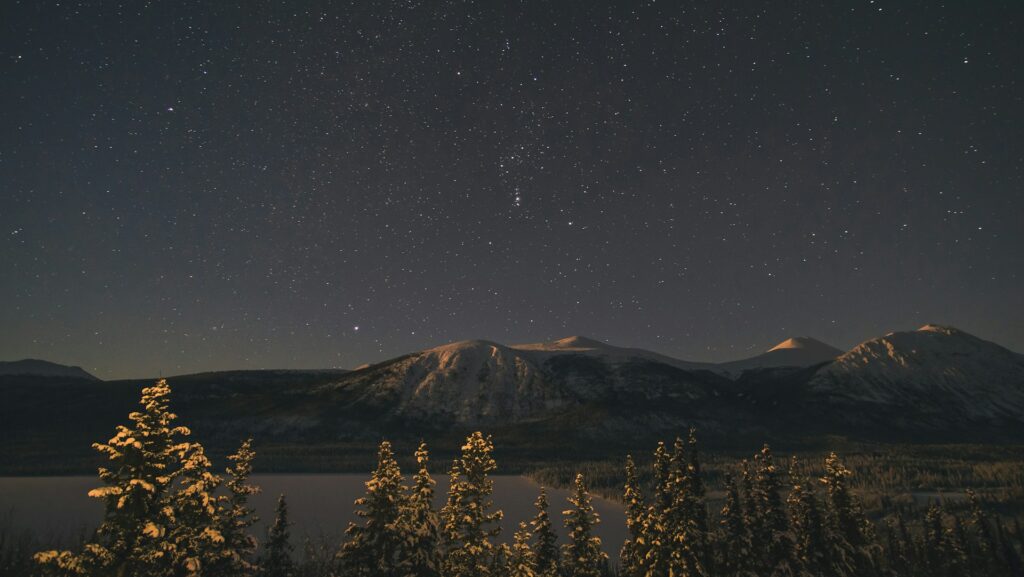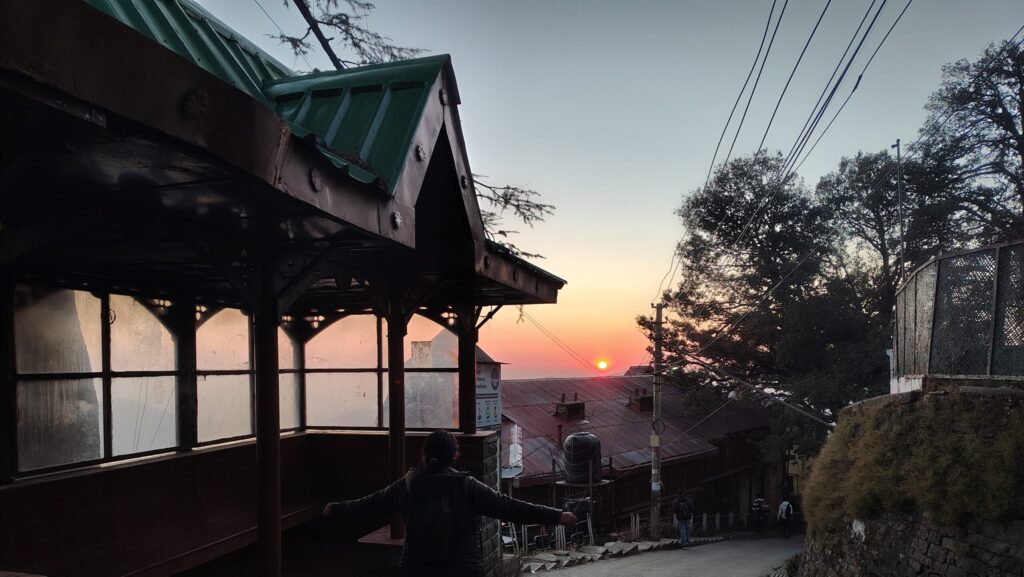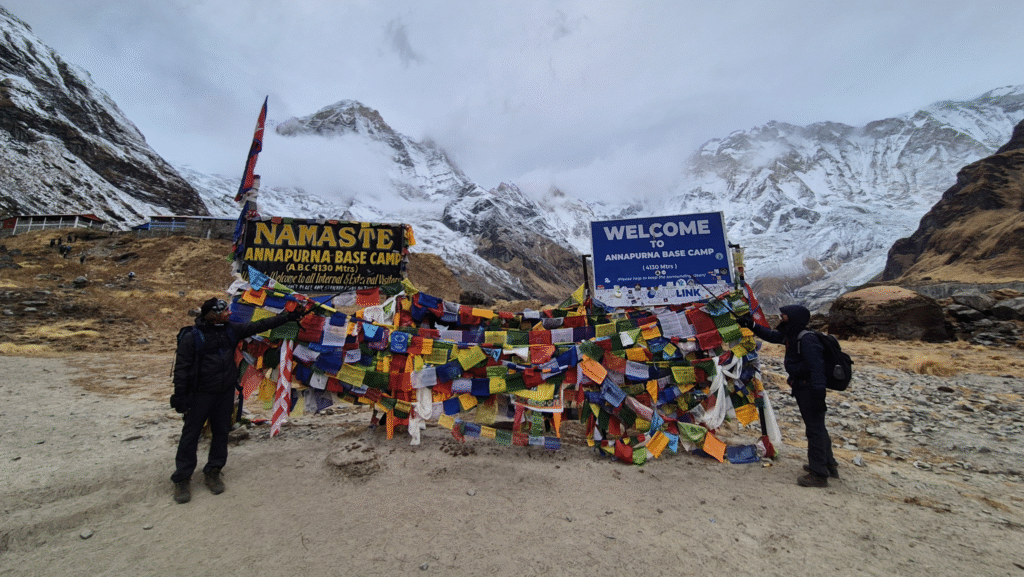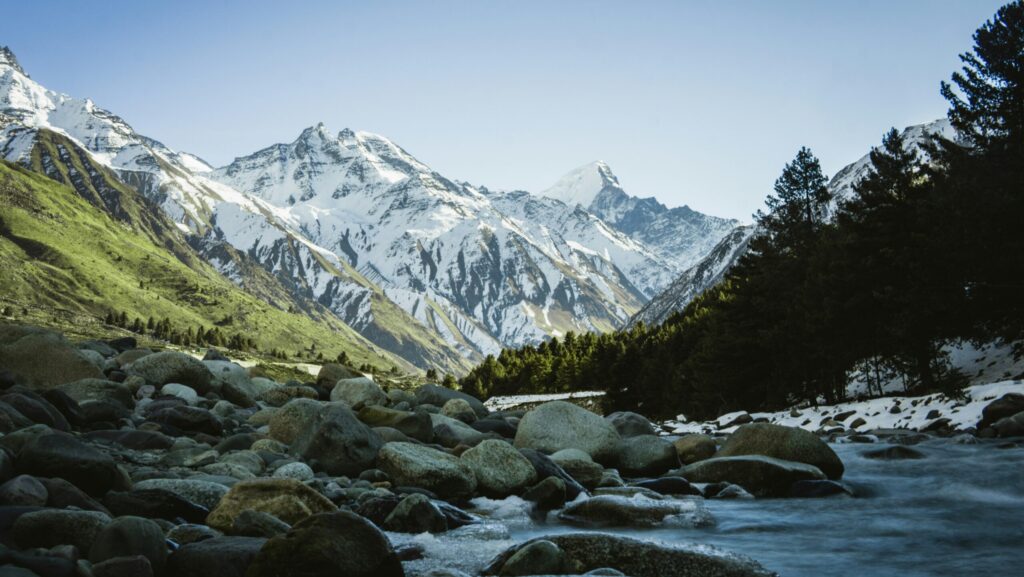
Planning Your First Himalayan Trek? Read This Before You Go
Trekking in the Himalayas is a dream for many — and for good reason. Towering peaks, crisp air, winding trails, and a sense of freedom you won’t find anywhere else. But to turn that dream into a successful experience, planning is key.
Whether you’re headed to Annapurna Base Camp or anywhere in the mountains, here’s a beginner-friendly guide to help you prepare for your first trek
1. Choose the Right Trek for Your Fitness & Experience
Not all treks are created equal. Some are gentle and ideal for beginners (like Kedarkantha or Triund), while others like Annapurna Base Camp or Goechala demand more endurance. Research altitude, terrain, daily distances, and weather conditions.
Don’t pick something too extreme for your first experience. The goal is to enjoy, not just endure.
2. Train Before You Go
You don’t need to be an athlete, but basic fitness makes all the difference. Start training at least a month in advance — focus on cardio (walking, jogging, cycling), leg strength (squats, lunges), and some stair climbing if possible.
On a trek, stamina beats speed.
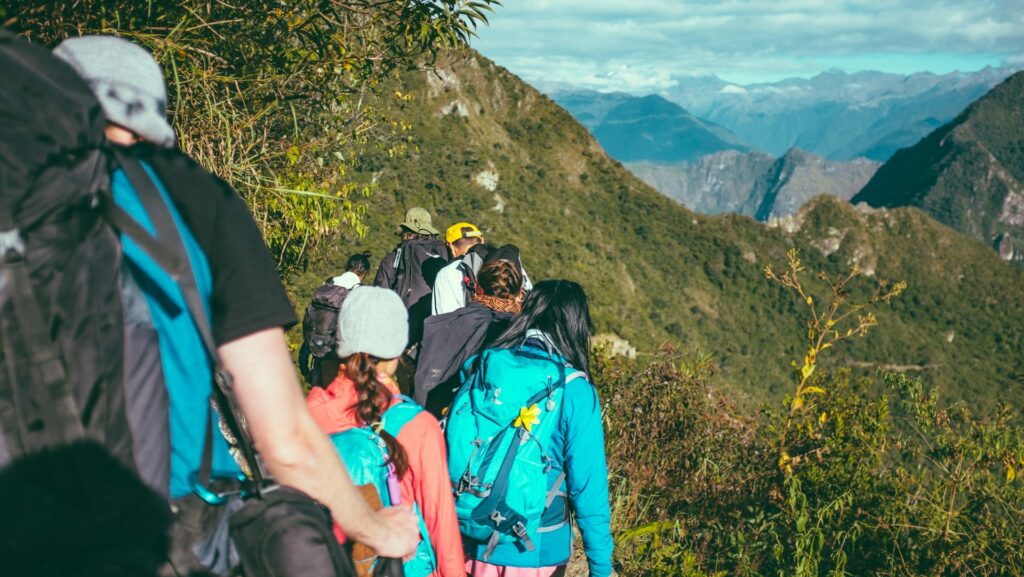
3. Pack Smart, Pack Light
Overpacking is one of the biggest mistakes beginners make. Essentials include:
• A sturdy, comfortable backpack (35-50L)
• Layered clothing (base layer, fleece, windproof/waterproof jacket)
• Trekking shoes with good grip
• 2–3 pairs of moisture-wicking socks
• Reusable water bottle, sunscreen, cap, lip balm, sunglasses
• Basic medication (headache, motion sickness, ORS, band-aids)
Remember: every extra kg feels heavier with altitude. Carry only what you need.
4. Acclimatization is Real — Respect It
If your trek goes beyond 3,000 meters, your body needs time to adjust to the thinner air. Stay hydrated, don’t rush, and listen to your guide. Altitude sickness can affect anyone, no matter how fit you are. “Walk high, sleep low” is a golden rule.
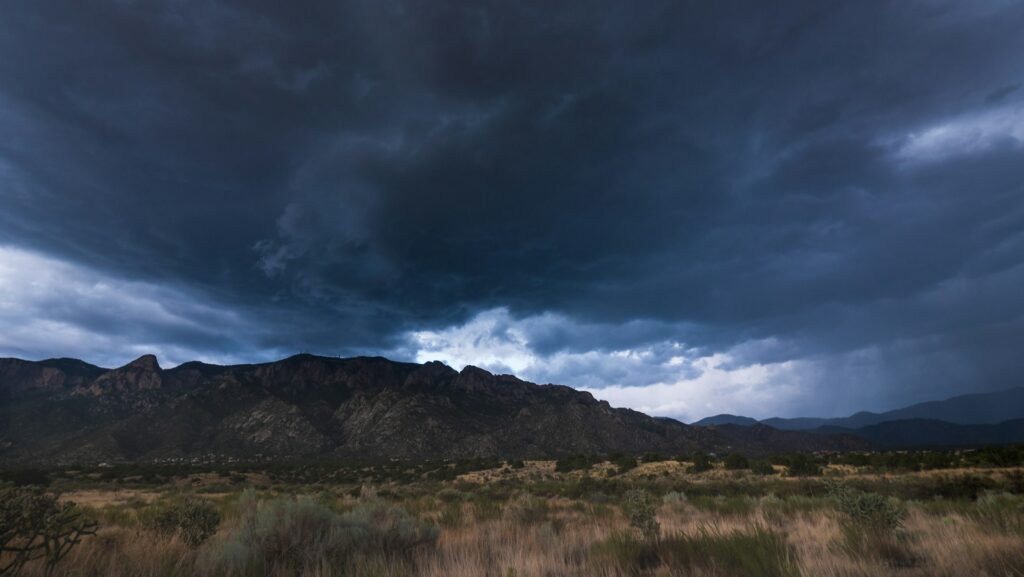
5. Stay Flexible, Stay Positive
Mountain weather can be unpredictable. Flights may get delayed. It might rain unexpectedly.
Your body might not cooperate some days. The key is to adapt and not lose heart. Stay mentally prepared for minor hiccups — they’re part of the experience.
6. Go With a Trusted Trek Operator
If it’s your first trek, going with a reputed trekking company makes things easier and safer. They take care of permits, guides, accommodation, meals, and emergency plans. A good guide also acts like your mountain mentor — helping, motivating, and sometimes saving the day!
7. Disconnect to Reconnect
Once the trek begins, mobile networks disappear and your only “signal” comes from the views around you. Use this time to be present. Journal your thoughts, make new friends, or simply walk in silence. It’s liberating — trust me. Planning your first trek well makes all the difference. It transforms your experience from “survival” to soulful.
The mountains are waiting, not for perfect athletes, but for curious hearts. So plan mindfully, train honestly, and step into a journey that might just change youforever

